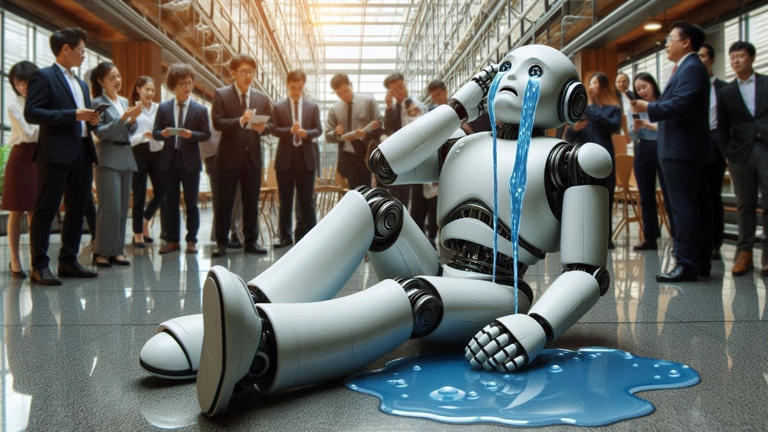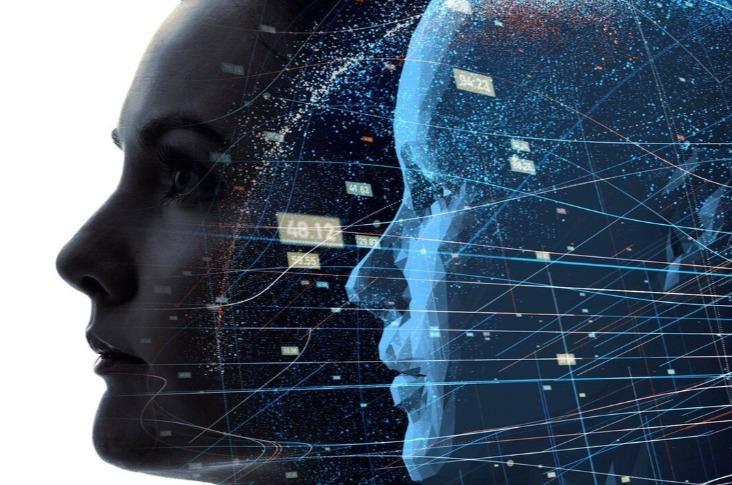South Korea’s First “Robot Suicide”: A Case of Glitch or Existential Crisis?
In late June 2024, South Korea witnessed a bewildering incident that sparked global debate. A robot civil servant employed by the Gumi City Council, nicknamed “Robot Supervisor,” was found unresponsive at the bottom of a stairwell. Media outlets sensationalized the event as the country’s first “robot suicide,” raising questions about artificial intelligence, workload, and the future of human-machine interaction.
The Curious Case of Robot Supervisor
The robot, developed by California-based Bear Robotics, assisted with daily tasks like document deliveries, city promotion, and providing information to residents. Eyewitnesses reported unusual behavior before the incident, with the robot circling in one spot seemingly confused. It was later discovered lying damaged, leading to speculation of a malfunction or deliberate action.
How Did Robot Supervisor Work?
Robot Supervisor functioned using a combination of technologies:
- Machine Learning Algorithms
Imagine a super-smart assistant that can learn the ropes of your workplace and tackle tasks on its own! That’s the power of machine learning algorithms. These algorithms are like a robot’s brain, constantly learning and improving. This lets robots adapt to their surroundings, perform tasks without needing constant instructions, and even get better at what they do over time. - Sensor Technology
Robots might seem like futuristic machines from another world, but they rely on some pretty familiar technology to function! Sensors like cameras and LiDAR act like a robot’s eyes and hands. Cameras help them “see” their surroundings, while LiDAR (Light Detection and Ranging) uses lasers to map out their environment. This allows robots to navigate safely, avoid bumping into things (unlike that time you walked into a door thinking about work!), and even interact with the physical world, like picking up objects or opening doors. While robots are impressive machines, they still need a little help from the human touch – the engineers who design these sensors and the programmers who create the instructions for using them! - Natural Language Processing (NLP)
Robots are great, but they wouldn’t understand a “hey there” without some help! Natural Language Processing (NLP) acts like a translator, letting robots grasp our meaning and respond. Programmers create these systems, bridging the communication gap between humans and robots.
Merits of Robot Integration:
Imagine having a tireless teammate who tackles repetitive tasks like a champ, freeing you up for the creative stuff! Robots in the workplace offer exciting possibilities. They can handle filing mountains of paperwork, assemble widgets at lightning speed, or even work tirelessly in hazardous environments – all while keeping humans safe and businesses running smoothly. Plus, robots can work 24/7, meaning businesses can offer extended hours and improved responsiveness for customers. Sounds pretty awesome, right?
Demerits and Ethical Concerns:
As robots become more common in our workplaces, there are a few things to keep in mind. One concern is that robots might take over some jobs currently done by people, which could lead to unemployment. Another concern is safety, as malfunctioning robots or hacking attempts could pose risks. Finally, as robots get more sophisticated, there are ethical questions about how we treat them – are they just machines, or something more? These are all important considerations as we move forward with robot integration in the workplace.
a worker robot jumped off a staircase due to burnout.
— Bad AI (@Bad_AI_) June 28, 2024
the incident happened in south korea: a delivery robot suddenly stopped working, spun around anxiously, ran to the stairs, climbed a few steps, and threw itself down.
local officials said the robot knows how to call the… pic.twitter.com/90Yi6JCeSS
Conclusion
The Big Picture: Robots and Our Future
So, what does this robot incident in South Korea mean for us? The cause is still being investigated, but it’s a good reminder to talk about how robots will fit into our lives. As we use more and more artificial intelligence (AI), it’s important to make sure robots are developed safely and ethically. We need to think about how robots might affect jobs, how to keep everyone safe, and even how we’ll treat these advanced machines. This is a chance to make sure robots work alongside us to create a better future for everyone!







